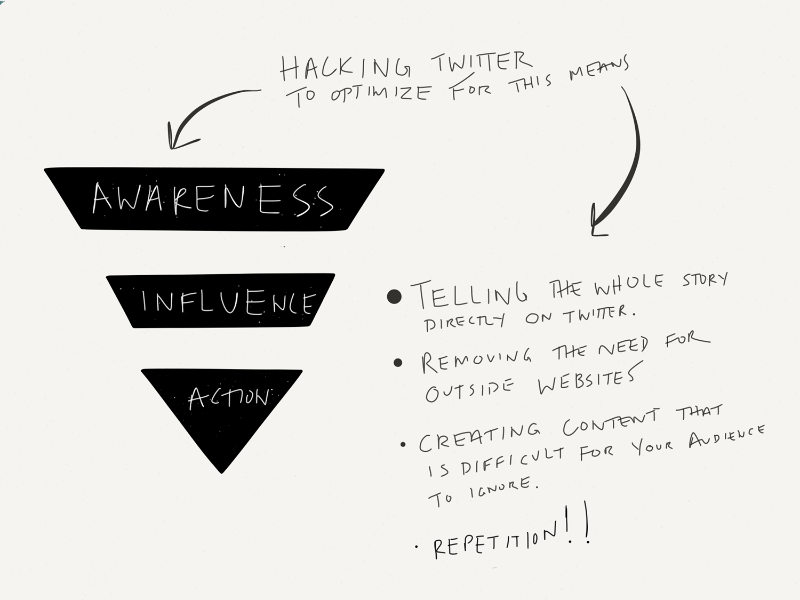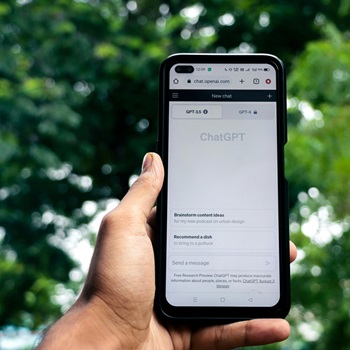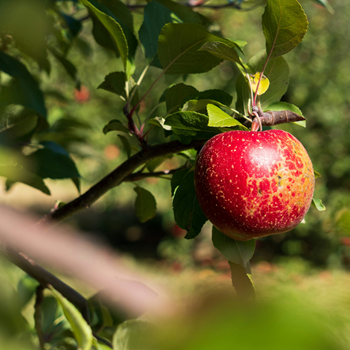Public affairs practitioners often look to the marketing world as a frame of reference for their social media efforts. Why? Well, because there’s not really anywhere else to look.
There’s no guidebook for using social successfully in EU public affairs, there’s only practice. We have to work hard, experiment and sometimes fail to understand how we really (really!) make social work in service of our policy and business objectives.
Whether we realise it or not, most of what is considered “common knowledge” in social media (how do we do it well? how do we measure success?) are actually marketingtruisms, which often have little bearing on our public affairs strategies.
Here’s how we’re different.
This is the marketing funnel:

It’s how modern marketers go about selling their product on social media (and through other channels of course). It’s geared toward mass reach – in this example Nike is looking to reach a million “sports fans” in the hopes of selling trainers to 10,000 or so of them. Nike’s job is convert potential buyers into customers by carrying them through the funnel.
This is the “public affairs funnel”

In public affairs, we’re not selling products. We’re selling ideas. And in an EU context, we tend to be selling these ideas to very specific niche audiences. Instead of one million people at the top of our funnel, we typically don’t need to reach more than a few thousand.
We don’t need to get people to webshops to buy things, we don’t need hundreds of thousands of likes (or videos views or followers or impressions or INSERT OTHER VANITY METRIC HERE) – we just need to be heard within our niche by the right people.
How do we optimise our efforts on Twitter to bring people through the public affairs funnel? It’s a different approach altogether. Here are a few observations FleishmanHillard’s Digital, Social & Creative team have made.

Not entirely clear on what I’m saying here? Then at least one of the following is true.
- I’m not explaining it well in this post.
- It would be better explained in person (in fact I usually do as part of one of FH’s “Hacking Twitter for Public Affairs” lunches. Send me a LinkedIn invite or sign up for our newsletter for details).
Find Out More
-
Generative AI is changing the search game
May 8, 2025
-
The challenges facing Europe and European leaders at Davos 2025
January 24, 2025


